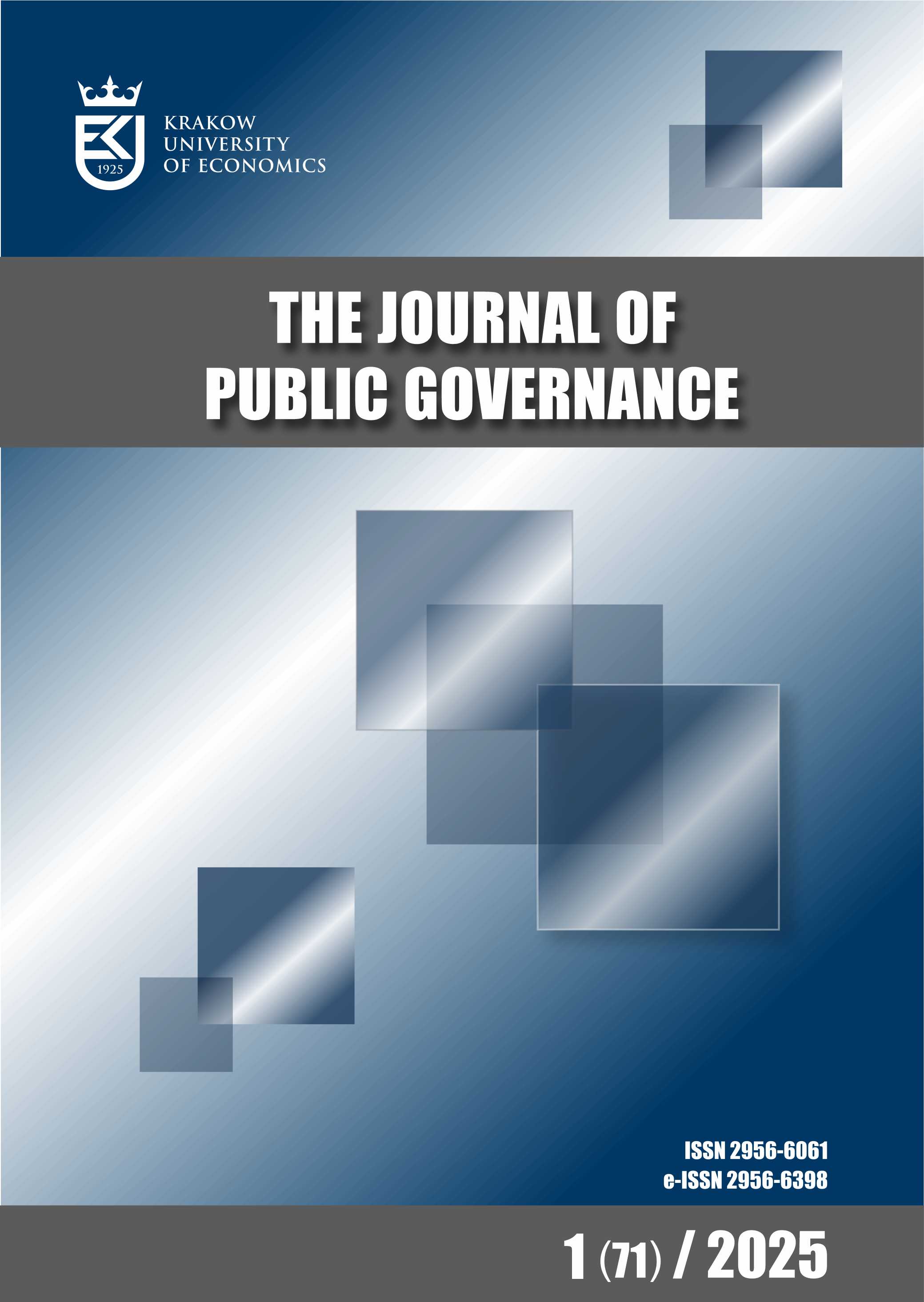The role of the forest fund in balancing the deficit of Forest Districts
DOI:
https://doi.org/10.15678/ZP.2018.43.1.07Keywords:
state forests, forest fund, sustainable development, forestryAbstract
The company Lasy Państwowe (State Forests) is financially autonomous and covers the costs of its activity
from its own revenues (Chapter 8, Article 50, of the Act). It is not its objective to maximize profits but to perform economic, productive and non-productive natural and social functions. In order to ensure that such activities may be conducted throughout Poland, even in those forest districts where the costs are higher than the revenues generated, the forest fund has been established to offset financial deficits in loss-making forest districts. The forest fund is a financial instrument spent on tasks defined in the forest act, especially to offset deficits due to the costs of forest management, joint ventures of the company’s organizational units, creation of the infrastructure necessary to conduct forest management, as well as evaluating and estimating the forests and their resources. The rules of forest fund redistribution are not clearly specified, which is why each Regional Directorate of State Forests (RDSF) adopts different criteria relating to its redistribution. The aim of the paper is to define the role of the forest fund in balancing financial deficits in forest districts on the basis of data received from General Directorate of State Forests for the year 2014. The write-off in 2014 amounted to 14.5% of timber sales for individual RDSFs. Each RDSF differentiates the write-off and the subsidies from the forest fund for individual forest districts and inf luences liquidity and profitability of the forest districts it supervises.
This paper was prepared on the basis of selected literature, analysis of materials received from the General Directorate of State Forests, own analyses and the experience gained in the course of professional work in the State Forests.
Downloads
References
Becla, A., Czaja, S. (2002). Ekologiczne podstawy procesów gospodarowania. Wrocław: Wydawnictwo Akademii Ekonomicznej we Wrocławiu.
Buraczewski, A., Jarosz, K. (2005). Podstawy rachunkowości i gospodarki finansowej w Lasach Państwowych.
Poznań: Wydawnictwo Akademii Rolniczej im. Augusta Cieszkowskiego.
Dawidziuk, J., Klocek, A. (2005). Uwarunkowania rozwoju gospodarki leśnej. W: Polityka leśna państwa i Narodowy Program Leśny. Materiały z konferencji, Ośrodek Edukacji Ekologicznej i Integracji Europejskiej Lasów Państwowych, Jedlnia Letnisko, 18 maja 2005 r. Warszawa: Centrum Informacyjne Lasów Państwowych.
Dyduch, J., Kożuch, M. (2007). Wykorzystanie Funduszu Leśnego i Funduszu Ochrony Gruntów Rolnych w finansowaniu przedsięwzięć proekologicznych w Polsce. Zeszyty Naukowe. Akademia Ekonomiczna w Krakowie, 732, 75–94.
GUS (1982). Ekonomiczne aspekty ochrony środowiska i gospodarki wodnej. Uwagi metodyczne. Ochrona środowiska i gospodarka wodna. Warszawa: Główny Urząd Statystyczny.
Piekutin, J. (2006). Analiza funkcjonowania funduszu leśnego w systemie finansowym Lasów Państwowych na przykładzie Regionalnej Dyrekcji Lasów Państwowych w Radomiu. Sylwan 6, 3–18.
Poherely, M. (1999). Fundusz Leśny, mikrowersja. Szczegółowa charakterystyka systemu finansowego Lasów Państwowych proponowanego do upowszechnienia w LP, Katowice. Rozporządzenie Rady Ministrów z dnia 6 grudnia
1994 r. w sprawie szczególnych zasad gospodarki finansowej w Państwowym Gospodarstwie Leśnym Lasy Państwowe, Dz.U. z 1994 r. Nr 134, poz. 692.
Sprawozdanie finansowo-gospodarcze za 2014 rok. Warszawa: Lasy Państwowe, http://www.lasy.gov.pl/pl/informacje/publikacje/informacje-statystyczne-i-raporty/sprawozdanie-finansowo-gospodarcze-pgl-lp.
Ustawa z dnia 26 października 1971 r. o ochronie gruntów rolnych i leśnych, Dz.U. z 1971 r. Nr 27, poz. 46.
Ustawa z dnia 28 września 1991r. o lasach, Dz.U. z 2005 r. Nr 45, poz. 435.
Woś, A. (1995). Ekonomika odnawialnych zasobów naturalnych. Warszawa: Wydawnictwa Naukowo-Techniczne.
Zmyślony, M. (2016). Introduction: Brand as culture – culture as brand. w: E. Bendyk, J. Buzek, J. Hausner, M. Kudłacz, A.D. Rotfeld, M. Zmyślony, Open Eyes Book (s. 9–33). Kraków: Fundacja Gospodarki i Administracji Publicznej.



